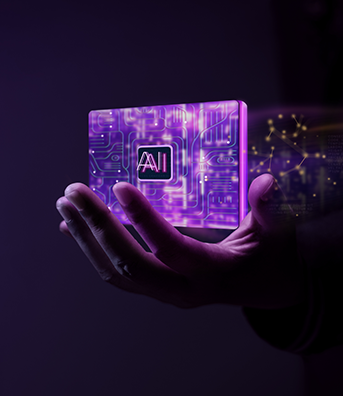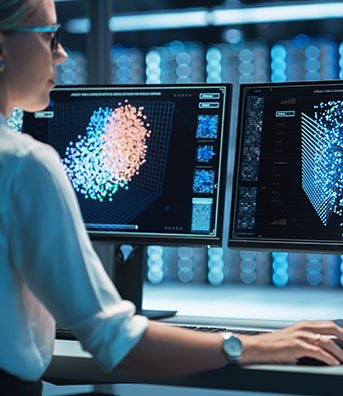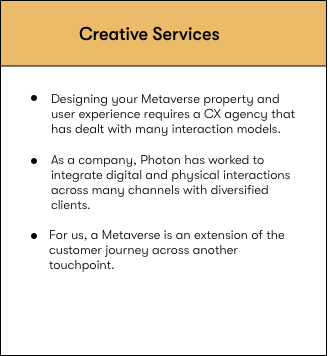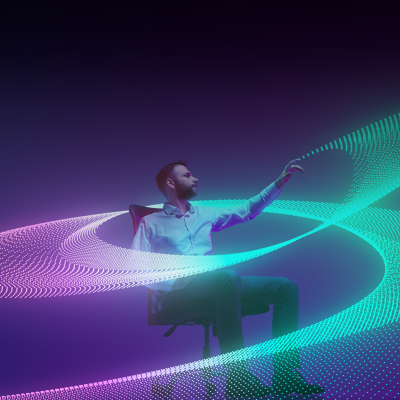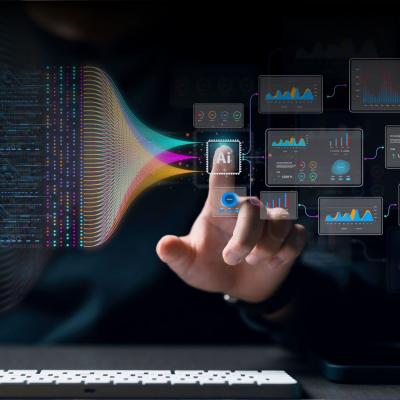Previously in the Series
Part 3 - Investing in the Right Multipliers
We defined multipliers as force amplifiers that compress timelines, scale execution, and unlock compounding value. From AI-native workflows and quantum infrastructure to synthetic teammates and prompt-first thinking, we outlined how to invest, build, and operate for nonlinear advantage.
Intro
Now, we zoom in on the human layer, exploring how AI, Robotics, and Quantum, which includes computing, communications such as teleportation, and security, are converging to trigger a Productivity Renaissance that amplifies every role in every industry. This is not just about faster tools. It is a fundamental shift in how work is structured, how intelligence flows through organizations, and how human potential is scaled through machine collaboration.
As agentic systems, AI copilots, and synthetic teammates move from augmentation to orchestration, the very definition of productivity is evolving — from individual output to networked, adaptive, high-leverage execution.
This post explores how that shift is unfolding — and what it means for the future of work.
This Shift Is for Everyone
Whether you’re a knowledge worker, builder, nurse, analyst, teacher, mechanic, or marketer AI copilots, robotic assistants, and quantum-driven insights will redefine what’s possible, what’s valuable, and what’s yours to lead.
Work That’s 3×–10× More Productive
- Today: A warehouse associate, support agent, or finance analyst might complete 50 tasks or tickets per day.
- 2030: With AI copilots, autonomous robots, and quantum optimization, that same individual could deliver 5–10× the impact with better outcomes and faster cycles.
Now / Next / Later: Road to 10× Work
| Phase | Description | Examples |
|---|---|---|
| Now (2024–2025) | Copilot-enabled workflows boosting personal productivity 2–3× | Short-context AI models, task-specific agents |
| Next (2025–2027) | End-to-end agents orchestrating cross-platform processes | Long-context models, robotic integration, quantum-inspired algorithms |
| Later (2028–2030) | Fully autonomous systems in cognitive and physical domains | Quantum computing, quantum communications, quantum security, and adaptive robotics |
What Breaks, What Grows
- What breaks: Routine jobs, hours-based pay, static career ladders, and credential-only credibility.
- What grows: Outcome-based roles, solo creators, micro-firms, lifelong learning, and high-leverage leadership.
Skills That Will Matter Most
- Orchestration Thinking: Designing how people, AI, and robots collaborate
- Prompt Engineering: Crafting precise inputs for better AI outcomes
- Judgment Under Ambiguity: Deciding when rules don’t apply
- Systems Thinking: Mapping connections others overlook
- Narrative Framing: Turning data into compelling stories
- Ethical Reasoning: Balancing possibility with responsibility
- Meta-Learning: Rapidly learning and unlearning
- Digital EQ: Leading in human + machine teams

